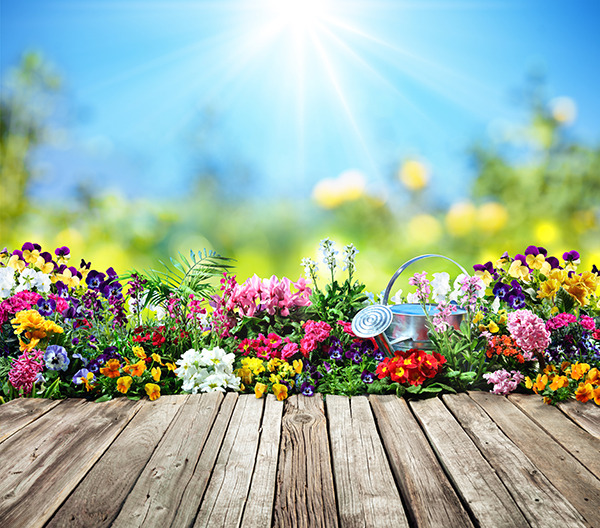Student Loans
Great Lakes Credit Union has everything you need to help manage your money and plan for the future.

Coffee BreakSecurityMarch 27, 2018

There’s nothing quite like a garden in full bloom, but all that beauty takes work. Fortunately, it’s not that hard to turn your own yard into a botanical work of art.
Remove all weeds, making sure to pull out the roots. Next, revitalize the soil by adding fertilizer or compost.
Make sure you know exactly how much sunlight each area of your garden gets so that you can purchase the appropriate flowers for each spot. Observe your garden’s sun exposure throughout the day before choosing your seeds or plants.
Before buying anything, consider these factors:
Annuals vs perennials: there are advantages and disadvantages to both. Annuals only live for one season, but are typically cheaper and bloom all season long. Perennials last several years but have a shorter blooming life and are usually more expensive.
Variety will make your garden pop. For incredible results, diversify the colors, heights, and flower types throughout your garden. Plant climbing roses near a lower flower bed. Use a row of evergreens to create a darker backdrop for brilliantly colored flowers.
Here are some easy-to-grow veggies to get you started:
Zucchini. The summer squash grows quickly and is simple to plant and care for.
Peas. Snap and snow peas take several months to grow. You can plant them early in the season, even before the soil is completely warm.
Tomatoes. Sweet cherry tomatoes grow quickly and will turn any salad into a gourmet dish. Choose an area that gets full sun exposure.
Cabbage. Cabbages hardly need any care; just be sure to use slug bait to keep those critters away.
Before you get started, check your seed packets for the best planting time in your region. Don’t plant too early or too late in the season. It’s also important to plan your garden in full detail before you start digging.
On the day of planting, your soil should be moist and prepared for seeding. When planting each seed or flower, first determine how far beneath the soil that particular plant needs to go. Then dig an appropriate hole and add fertilizer as per the package instructions. Incorporate the fertilizer into the soil. Next, place your seed or flower in the hole and fill the hole with soil. Lastly, add mulch to help ward off diseases and weeds.
The amount of water each flower needs for growth can differ greatly. Make sure every plant in your garden gets the right amount of water. Weed your garden regularly to keep it looking beautiful and always trim wilted, dead blossoms to allow new growth to form.